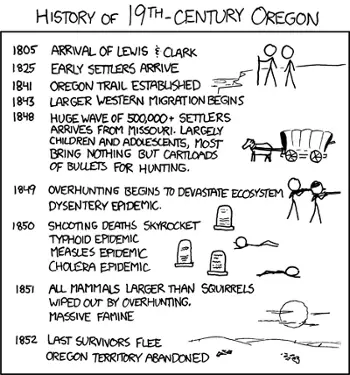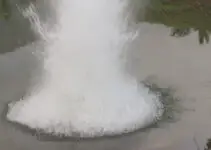What is the difference between preservation and conservation? This article defines the two concepts and points out the difference.
While many people have used almost alternately the terms preservation and conservation when talking about environmental issues or matters, there is a distinction between these two words. Preservation differs from conservation.
How are these two resource management approaches different from each other? This article aims to clarify and synthesize these two concepts in the light of available definitions found online.
Definition of Preservation
Merriam-Webster defines preservation as ‘to keep safe from injury, harm or destruction.’ The term preservation was derived from Latin prae– + servare. Prae- is the archaic variant of the prefix pre– which means before, earlier or prior to. Servare is the present infinitive of servō, which means ‘watch over, maintain, protect, keep, guard, save, or store.’ Therefore, the two Latin words taken together and to encompass all the descriptions of preservation means:
- to watch over,
- to maintain,
- to protect,
- to keep,
- to guard,
- to save, and
- to store.
Based on these definitions, in the environmental context, preservation calls for a ‘no touch’ policy, to keep whatever existing natural resources there are to its present condition. The emphasis is on maintaining the integrity of the natural resource. Strict protection implied for a defined period anticipates the value it can give to the present, as well as future generations. It’s keeping the natural resource as is, for future use—specifically, direct use of the natural resource. People can still gain off-site or spillover effects.

As a matter of government policy, for example, it may set aside and declare a forest as a protected area. One feature of a protected area is the core zone.
The core zone is that specific area with defined boundaries where no use is allowed at all. This area then gets preserved and can carry out its ecological functions. Thus, it can serve as a natural water reservoir, habitat for wildlife, erosion prevention, flood control, carbon storage, oxygen production, buffer against storms, maintenance of soil fertility, among others.
A game preserve is another example. People are prohibited from hunting game in that region to allow a species with a depleted population to recover. Hence, it is a ‘no take’ zone in view of making it available in the future.
To synthesize everything, preservation, therefore, can be defined as a natural resource management approach advocating non-utilization of a natural resource. This approach views a sustainable flow of benefits that can be enjoyed at present or protecting a resource for future use.
Preservation is a natural resource management approach advocating non-utilization of a natural resource for future use.
P. A. Regoniel
Definition of Conservation
Using Merriam-Webster’s definition, conservation means ‘to keep (something) from being damaged or destroyed.’ This word sounds similar to preservation. But another definition says, ‘to use (something) carefully to prevent loss or waste.’ The latter appears to be a better definition that distinguishes conservation from preservation.
In other words, conservation does not only aim to keep natural resources from being damaged or exploited, but to use them optimally. There is the incorporation of the ‘wise use’ policy in this natural resource management approach. Benefits accrues while resources stay the same. Humans use the natural resources sparingly or wisely so that they are still available in the future. Conservation emphasizes the use of the natural resource, not only protection as preservation espouses.
The resources subject to conservation may be renewable or non-renewable. For example, you can say ‘conserve water’ or ‘conserve oil or fuel’ but you do not say ‘preserve water’ or ‘preserve oil or fuel.’ Water is a renewable resource whereas oil or fuel is non-renewable or exhausted with use. The use of the latter resource relates to pollution.
Another good definition of Merriam-Webster is that conservation is ‘planned management of a natural resource to prevent exploitation, destruction, or neglect.’ This definition adequately captures the role of man as a resource manager.
This definition suggests that conservation is a broader concept compared to preservation. A planned management can incorporate preservation, protection, wise use, maintenance and reduction of the ill effects or negative externalities associated with its use.
Conservation is a natural management approach that seeks to attain sustainable or prolonged use of natural resources with minimal environmental impact.
P. A. REGONIEL
Difference Between Preservation and Conservation
To sum it all up, I provide the definitions for preservation and conservation based on the preceding discussion.
Preservation is a natural resource management approach advocating non-utilization of a natural resource for future use. On the other hand, conservation is a natural resource management approach that seeks to attain sustainable or prolonged use of natural resources with minimal environmental impact.
The two approaches described reflects philosophies in natural resource management. While there may be a difference between preservation and conservation in terms of the approach used, the result is to achieve a sustained enjoyment of environmental benefits for humankind.
© 2013 September 21 P. A. Regoniel | Updated 2023 January 23
[cite]


